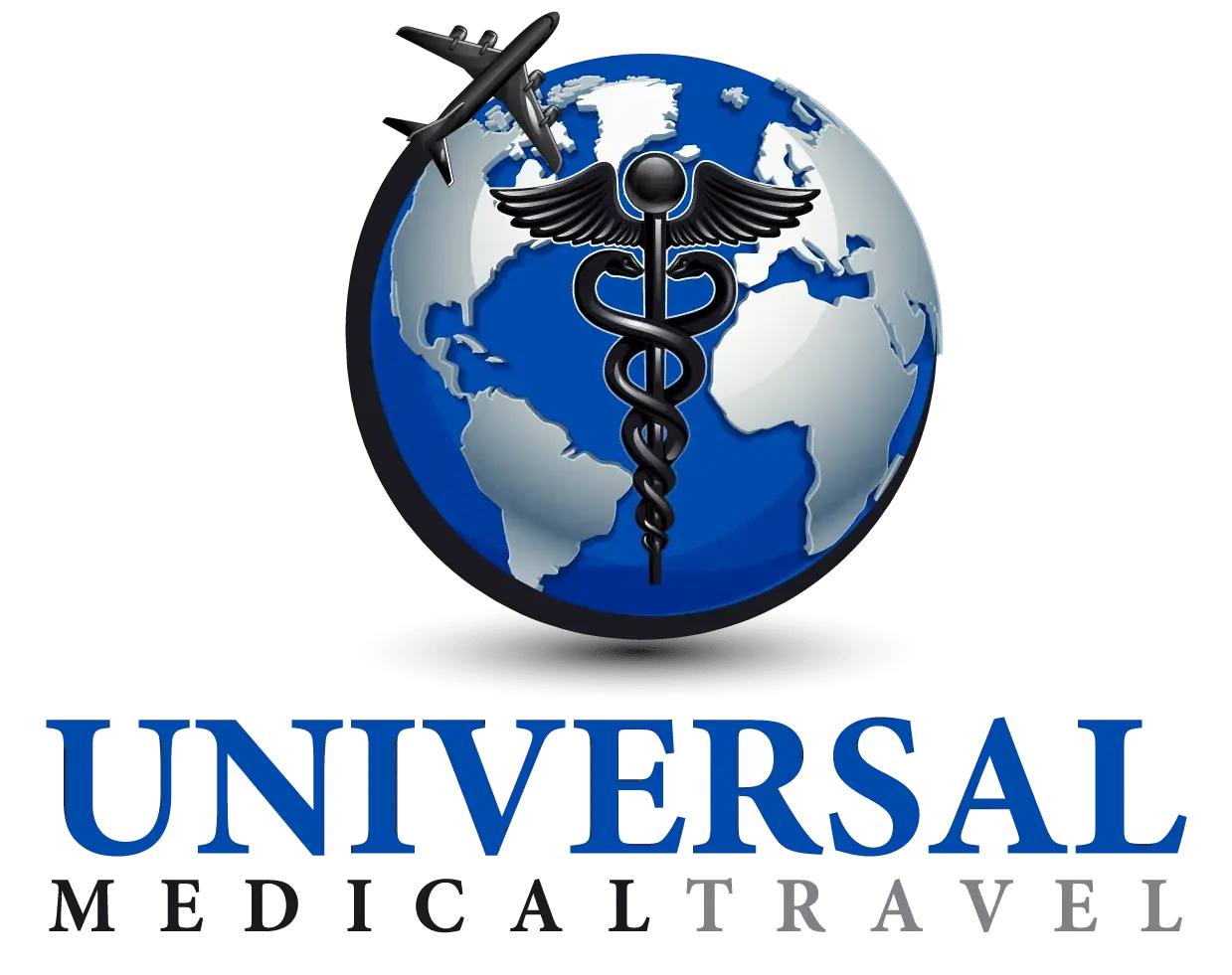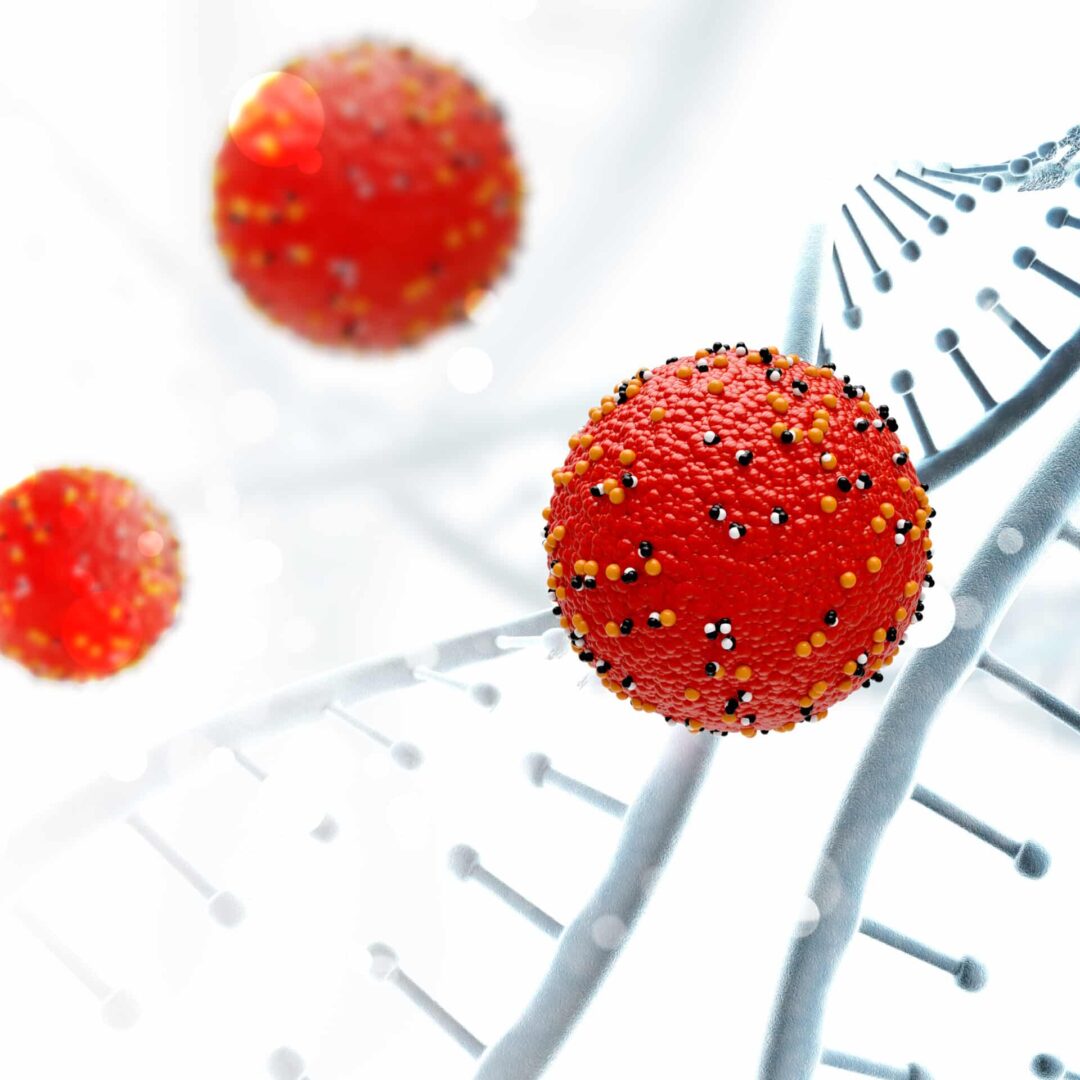Stem cell therapy has emerged as a groundbreaking approach in regenerative medicine, offering potential treatments for a variety of medical conditions. Universal Medical Travel aims to provide an in-depth analysis of the costs associated with stem cell therapy in Colombia, focusing on the clinical and scientific aspects. By understanding the factors influencing the cost and the structure of treatment protocols, patients and healthcare professionals can make informed decisions regarding this advanced therapeutic option.
Understanding Stem Cell Therapy
Stem cell therapy involves the utilization of stem cells to repair or regenerate damaged tissues and organs. This therapeutic strategy is based on the unique properties of stem cells, which include their ability to differentiate into various cell types and their potential to self-renew. The primary types of stem cell therapy are autologous and allogenic:
- Autologous Stem Cell Therapy: This method involves harvesting stem cells from the patient’s own body, typically from sources such as bone marrow, adipose tissue, or peripheral blood. The harvested cells are then processed and reintroduced into the patient’s body to promote tissue repair or regeneration.
- Allogenic Stem Cell Therapy: This approach uses stem cells derived from a donor. Allogenic therapies require matching donor and recipient cells to reduce the risk of immune rejection. These stem cells can be obtained from various sources, including umbilical cord blood, bone marrow, or peripheral blood.
Clinical Indications for Stem Cell Therapy
Stem cell therapy is applied in the treatment of a range of conditions, including:
- Orthopedic Injuries: Stem cells are used to promote healing in bone and cartilage injuries, including fractures, osteoarthritis, and tendon injuries.
- Neurodegenerative Diseases: Conditions such as Parkinson’s disease, multiple sclerosis, and amyotrophic lateral sclerosis (ALS) are targeted by stem cell therapies aimed at regenerating damaged neurons and supporting brain function.
- Autoimmune Disorders: Stem cell therapy is explored for autoimmune diseases like lupus and rheumatoid arthritis, with the goal of modulating the immune response and repairing damaged tissues.
- Cardiovascular Diseases: Stem cells are being investigated for their potential to repair heart tissue damaged by myocardial infarction (heart attack) or other cardiovascular conditions.
Cost Factors in Stem Cell Therapy
The cost of stem cell therapy in Colombia can vary widely based on several clinical and logistical factors. Here, we break down the primary elements that influence the overall expense:
1. Type of Stem Cell Therapy
The choice between autologous and allogenic stem cell therapies significantly impacts the cost.
- Autologous Stem Cell Therapy: Generally less expensive, as it involves the extraction and use of the patient’s own cells. The procedure includes cell harvesting, processing, and re-injection, which is typically more straightforward and incurs lower costs.
- Allogenic Stem Cell Therapy: More complex and costly due to the need for donor cell matching, additional screening, and the use of specialized facilities to ensure the safety and efficacy of the treatment.
2. Processing and Preparation of Stem Cells
The preparation of stem cells involves several steps, including:
- Isolation and Expansion: Stem cells are isolated from the source tissue and expanded in the laboratory to obtain a sufficient quantity for treatment. This process requires sophisticated laboratory equipment and expertise.
- Quality Control: Rigorous testing and quality control are essential to ensure that the stem cells are viable, free from contaminants, and meet regulatory standards. This step adds to the overall cost.
3. Treatment Protocol
The complexity of the treatment protocol influences the cost.
- Single vs. Multiple Sessions: Some conditions may require multiple treatment sessions, each involving additional procedures and follow-up care. Multiple sessions increase the total cost.
- Integration with Other Therapies: Stem cell therapy is sometimes combined with other therapeutic modalities, such as physical therapy or medication, which can add to the overall expense.
4. Clinical Expertise and Facility
The reputation and expertise of the medical team and facility play a crucial role in determining the cost.
- Specialized Medical Teams: Facilities with specialized medical teams and advanced technology may charge higher fees due to their expertise and the quality of care provided.
- State-of-the-Art Facilities: Clinics equipped with cutting-edge technology and research facilities generally incur higher operational costs, which can be reflected in the treatment price.
Average Cost of Stem Cell Therapy in Colombia
The cost of stem cell therapy in Colombia is about $5,000-$15,000, which is way lower than in other Western countries. It may go up or down depending on factors such as the kind of treatment, the reputation of the clinic, and the medical condition of a patient.
1. Autologous Stem Cell Therapy
- Typical Cost Range: $5,000 to $10,000.
- Factors Influencing Cost: Includes the source of stem cells (e.g., bone marrow or adipose tissue), processing techniques, and the number of sessions required.
2. Allogenic Stem Cell Therapy
- Typical Cost Range: $10,000 to $15,000.
- Factors Influencing Cost: Includes donor matching, procurement of donor cells, and additional safety measures to prevent rejection and complications.
Here’s a cost table for stem cell therapy in Colombia for various conditions:
| Condition | Type of Therapy | Estimated Cost Range |
|---|---|---|
| Orthopedic Injuries | Autologous | $5,000 – $8,000 |
| Allogenic | $8,000 – $12,000 | |
| Neurodegenerative Diseases | Autologous | $7,000 – $10,000 |
| Allogenic | $10,000 – $15,000 | |
| Autoimmune Disorders | Autologous | $6,000 – $9,000 |
| Allogenic | $9,000 – $14,000 | |
| Cardiovascular Diseases | Autologous | $8,000 – $12,000 |
| Allogenic | $12,000 – $15,000 | |
| Autism | Autologous | $7,000 – $10,000 |
| Allogenic | $10,000 – $13,000 | |
| ALS (Amyotrophic Lateral Sclerosis) | Autologous | $8,000 – $12,000 |
| Allogenic | $12,000 – $15,000 | |
| Cancer (e.g., solid tumors) | Autologous | $10,000 – $15,000 |
| Allogenic | $15,000 – $20,000 | |
| COPD (Chronic Obstructive Pulmonary Disease) | Autologous | $7,000 – $11,000 |
| Allogenic | $11,000 – $14,000 | |
| Alzheimer’s Disease | Autologous | $8,000 – $12,000 |
| Allogenic | $12,000 – $16,000 | |
| Parkinson’s Disease | Autologous | $7,000 – $11,000 |
| Allogenic | $11,000 – $14,000 | |
| Cerebral Palsy | Autologous | $8,000 – $12,000 |
| Allogenic | $12,000 – $15,000 |
Notes:
- Autologous Therapy: Uses the patient’s own stem cells; typically less expensive due to fewer additional procedures.
- Allogenic Therapy: Uses donor stem cells; generally more expensive due to donor matching, additional testing, and other procedural complexities.
- Costs: The estimated ranges can vary based on treatment complexity, clinic reputation, and additional services included.
Additional Considerations
1. Pre-Treatment Assessments
Pre-treatment evaluations are essential to determine the suitability of stem cell therapy for a patient. These assessments may include imaging studies, laboratory tests, and consultations with specialists. Costs for these assessments are typically additional to the therapy cost.
2. Post-Treatment Care
Post-treatment care is crucial for monitoring the patient’s progress and managing any potential side effects. Follow-up appointments, additional treatments, and supportive therapies contribute to the overall cost.
3. Travel and Accommodation
For international patients, travel and accommodation expenses should be considered. While Colombia offers relatively low treatment costs, the added costs of traveling and staying in the country can impact the total expenditure.
Unique FAQs About Stem Cell Therapy in Colombia
1. What specific conditions are most commonly treated with stem cell therapy in Colombia?
In Colombia, stem cell therapy is frequently used to address:
- Chronic Orthopedic Conditions: Such as osteoarthritis, ligament injuries, and chronic back pain.
- Neurodegenerative Disorders: Including Parkinson’s disease and spinal cord injuries.
- Autoimmune Diseases: Like rheumatoid arthritis and systemic lupus erythematosus.
- Cardiac Conditions: Such as heart failure and myocardial infarction recovery.
2. How does the cost of stem cell therapy in Colombia compare to other countries with advanced medical facilities?
The cost of stem cell therapy in Colombia is typically 50-70% lower than in countries like the United States or Germany. This affordability is due to lower operational costs in Colombia, such as reduced labor and facility expenses, while maintaining high standards of medical care.
3. Are there any financial assistance options or payment plans available for stem cell therapy in Colombia?
Many clinics in Colombia offer flexible payment plans or financing options to help manage the cost of stem cell therapy. Some facilities may also have partnerships with medical tourism companies that provide financial assistance or package deals including treatment, travel, and accommodation.
4. What kind of pre-treatment evaluation is required before undergoing stem cell therapy in Colombia?
Pre-treatment evaluations generally include:
- Comprehensive Medical History Review: To assess suitability and identify any contraindications.
- Diagnostic Imaging: Such as MRI or CT scans to evaluate the extent of the condition.
- Laboratory Tests: Blood tests and other assays to ensure overall health and suitability for treatment.
- Specialist Consultations: Discussions with stem cell specialists to tailor the treatment plan to your specific needs.
5. What steps should I take to prepare for stem cell therapy in Colombia?
Preparation steps include:
- Consulting with Your Primary Healthcare Provider: To discuss the potential benefits and risks.
- Arranging Travel and Accommodation: Coordinate logistics and ensure you have a comfortable stay near the treatment facility.
- Understanding the Treatment Protocol: Get detailed information about the procedure, including any necessary pre-treatment steps or lifestyle adjustments.
- Gathering Medical Records: Bring relevant medical records and test results to share with your Colombian healthcare team.
6. What are the post-treatment care requirements for stem cell therapy, and how are they managed in Colombia?
Post-treatment care may involve:
- Follow-Up Appointments: Regular check-ups to monitor progress and manage any side effects.
- Rehabilitation: Physical therapy or other supportive therapies to enhance recovery.
- Medication Management: Any prescribed medications or supplements to support healing. In Colombia, clinics typically provide detailed post-treatment care plans and follow-up services to ensure comprehensive care.
7. How does the legal and regulatory environment in Colombia impact stem cell therapy?
Colombia has established regulatory frameworks for stem cell therapy that ensure treatments meet safety and efficacy standards. The National Institute of Food and Drug Surveillance (INVIMA) oversees the regulation of stem cell therapies, requiring rigorous testing and adherence to international medical standards to safeguard patient health.
8. Can international patients communicate effectively with the medical team in Colombia?
Yes, many stem cell therapy clinics in Colombia have staff who are fluent in English and experienced in working with international patients. They often provide comprehensive support, including translators if needed, to facilitate clear communication throughout the treatment process.
9. Are there any cultural or logistical considerations international patients should be aware of when traveling to Colombia for treatment?
International patients should be aware of:
- Language and Communication: While many clinics have English-speaking staff, learning a few basic phrases in Spanish can be helpful.
- Healthcare Etiquette: Understanding local medical practices and being punctual for appointments can enhance the treatment experience.
- Travel Safety: Familiarize yourself with local safety guidelines and travel advisories.
10. What long-term outcomes can patients expect from stem cell therapy, and how is success measured?
Long-term outcomes can vary based on the condition being treated, the type of therapy, and individual patient factors. Success is typically measured by:
- Improvement in Symptoms: Reduction in pain, enhanced mobility, or better overall function.
- Quality of Life: Enhanced ability to perform daily activities and improved well-being.
- Follow-Up Assessments: Ongoing evaluations to monitor the effectiveness and address any issues that arise post-treatment.
11. How do clinics in Colombia ensure the quality and safety of stem cells used in therapy?
Clinics in Colombia adhere to strict protocols to ensure the quality and safety of stem cells, including:
- Rigorous Testing: For cell viability, purity, and absence of contaminants.
- Compliance with Regulations: Adhering to local and international guidelines for stem cell processing and application.
- Advanced Laboratory Practices: Utilizing state-of-the-art technology and best practices in cell handling and processing.
12. What should I do if I experience unexpected side effects or complications after returning home from stem cell therapy in Colombia?
If you experience side effects or complications after returning home, promptly:
- Contact Your Healthcare Provider: Provide details about your treatment and symptoms for appropriate guidance.
- Seek Specialist Care: Consult with a specialist experienced in stem cell therapy if needed.
- Maintain Records: Keep thorough records of your treatment and follow-up care in Colombia to assist in any necessary evaluations or treatments.
Conclusion
Stem cell therapy in Colombia presents a viable and cost-effective option for patients seeking advanced regenerative treatments. The overall cost of stem cell therapy is influenced by various factors, including the type of therapy, processing and preparation requirements, treatment protocols, and the expertise of the clinical facility.
Understanding these factors allows patients and healthcare professionals to make informed decisions and better manage the financial aspects of stem cell therapy. Colombia’s lower treatment costs, combined with its advanced medical facilities, make it an attractive destination for those seeking cutting-edge regenerative treatments.
For prospective patients, thorough research and consultations are recommended to ensure optimal outcomes and cost-effectiveness in pursuing stem cell therapy.
Your Health Journey Starts Here – Connect with Our Consultants Today!
Please complete and submit a Patient Information Form to authorize our agency to forward your protected health information to the healthcare provider of your choice.
Patient Information Form


